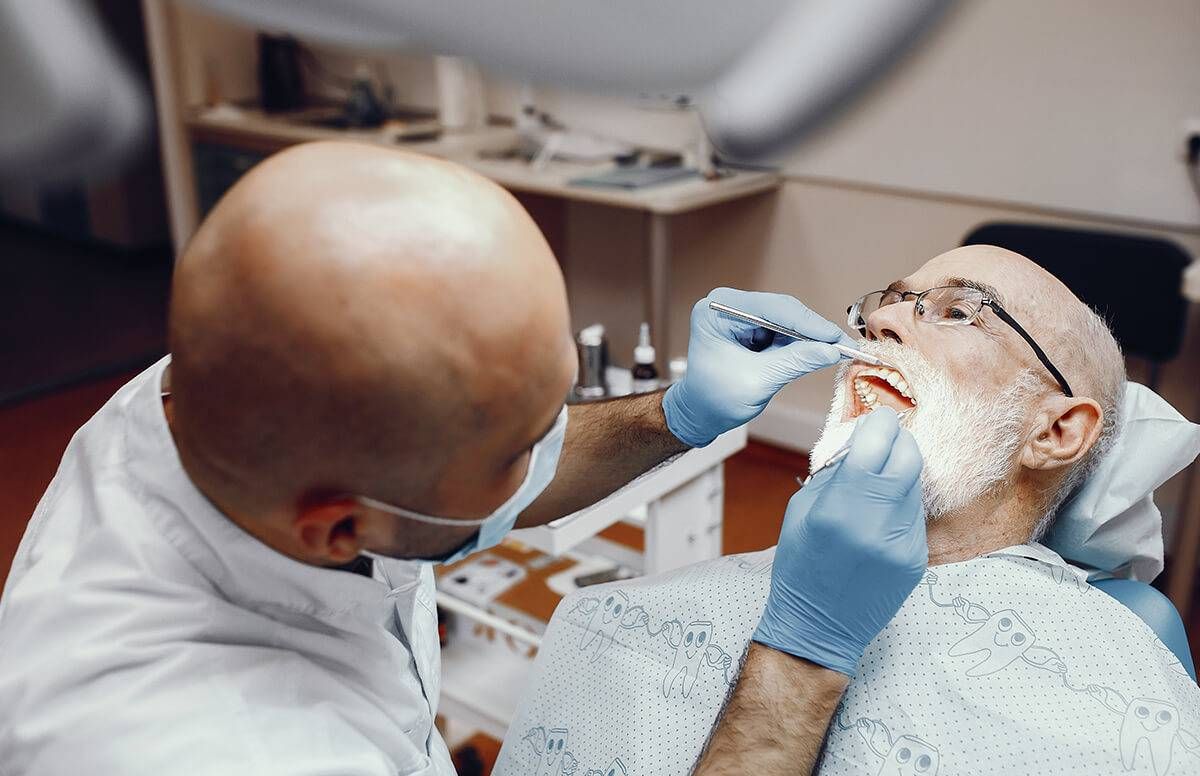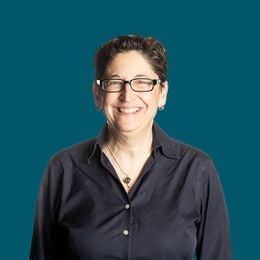How to Find Low-Cost Care for What Medicare Doesn’t Cover
Many organizations offer options for low-income people over 65
Medicare covers most health care services, including preventative care. But as new users of the federal health insurance program soon find out, it typically does not cover routine dental, vision and hearing care.

Medicare may cover some of these services when it relates to another serious medical issue or when a person is at risk for certain diseases. For example, Medicare would cover the care needed for an injured jaw from a car accident, and it covers an annual glaucoma test for people who are at high risk for the disease.
Some Medicare Advantage plans — offered by Medicare-approved private insurers — cover routine dental, vision and hearing care services (most also include prescription drug coverage). But most Medicare Advantage plans have a monthly premium, and that's in addition to the Part B (general outpatient care, doctor visits, preventative) Medicare premium. The standard, monthly, Part B premium amount for 2019 is $135.50, or higher depending on your income.
Many Americans can't afford out-of-pocket fees for dental, vision and hearing care and, therefore, go without these important services.
But many older Americans can't afford Medicare Advantage plans or out-of-pocket fees for dental, vision and hearing care and, therefore, go without without these important services.
To help, the National Council on Aging (NCOA) has a guide to finding low-cost or free dental, vision and hearing services that Medicare doesn't cover. They're offered by national and community nonprofits, professional associations and colleges.
Here is a sample of what you can find on NCOA's guide:
How to Find Dental Services
The national Dental Lifeline Network, an affiliate of the American Dental Association, operates the Donated Dental Services program. It provides free, comprehensive dental care to people who cannot afford dental services and who have a permanent disability or are older than 65 or are medically fragile. The program has a volunteer network of 15,000 dentists and 3,500 dental labs throughout the U.S., according to its website.
Community Health Centers, which are supported by the federal Health Resources and Services Administration (HRSA), provide health services, including dental care, to people with limited incomes — usually on a sliding fee scale. You can search for a Community Health Center on HRSA's Data Warehouse web page.
Vision Health Services
The American Academy of Ophthalmology's EyeCare America is a public service providing eye care for people with low incomes. About 5,500 ophthalmologists volunteer for the service, which has an eye care program for people 65 and older and a glaucoma-testing program.
Many local Lions' Club chapters offer assistance to people who have severe vision impairment. The club's website has a chapter locator function.
New Eyes for the Needy is a national nonprofit that buys prescription glasses using a voucher program for people with low incomes. People cannot apply for the vouchers themselves; a social service agency must apply for an individual. The organization is endorsed by the American Academy of Ophthalmology, Opticians Association of America, Prevent Blindness and Fight for Sight.
Hearing Health Services
Help American Hear, which this year changed its name from the Foundation for Sight and Sound, provides new hearing aids for people with low incomes. Its services are made possible through donations of time and equipment from health care professionals and hearing aid manufacturers. People can apply online for assistance.
Eligibility for Help America Hear assistance is determined based on annual gross household income, insurance hearing aid benefits, assets or investments and hearing loss, which must be moderate to profound, according to the Help America Hear website.
The Hearing Industries Association, a group for hearing aid manufacturers, suppliers, distributors and hearing health professionals, has a financial assistance guide. It includes financial assistance programs offered by 26 organizations, including eligibility and contact information.
Other Sources of Financial Help
NCOA's guide also includes information about several free programs that can help Medicare recipients with low incomes save money so they can better afford dental, vision and hearing services.
This includes NCOA's BenefitsCheckUp, an online searching tool to find financial assistance programs based on your income and location. The programs help with prescription drugs, health care, food and nutrition, housing and utilities, tax relief, employment, veteran assistance and more.
Another resource is the National Association of Free Clinics website, where you can search for local clinics that offer health and dental care for people with low incomes.


